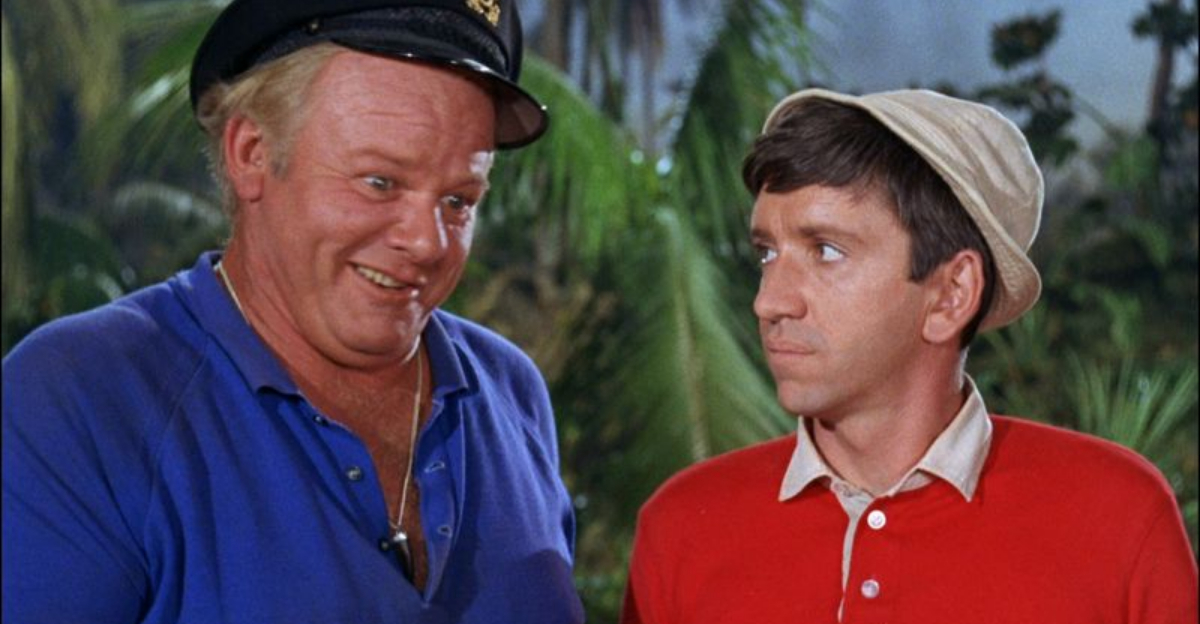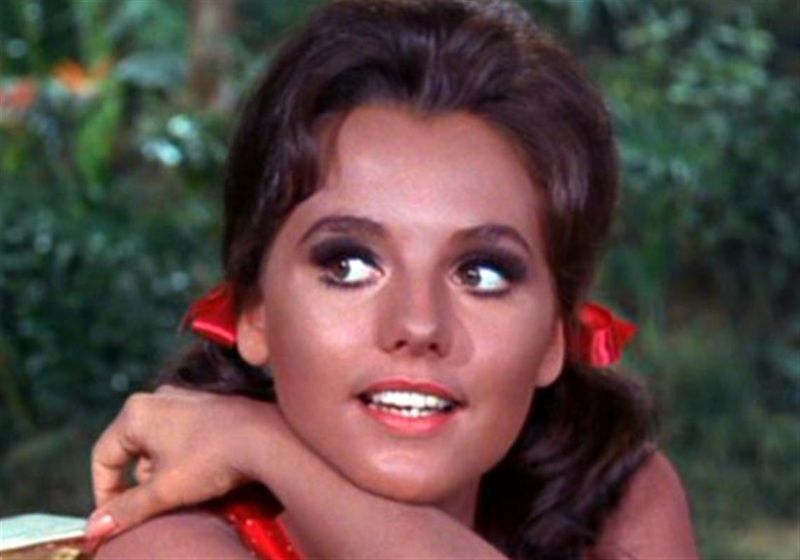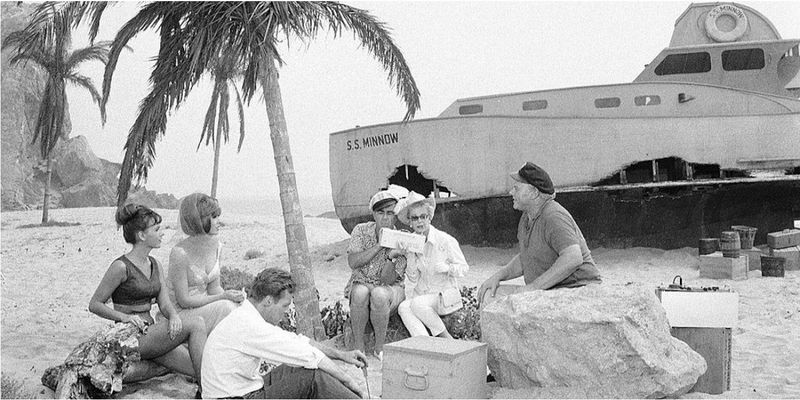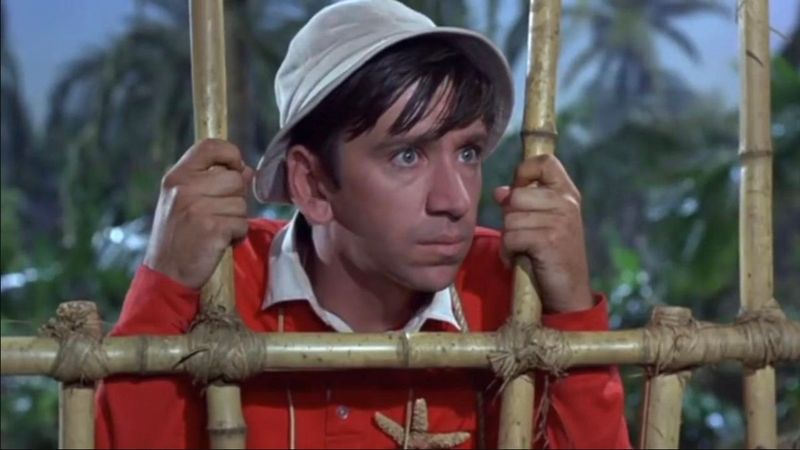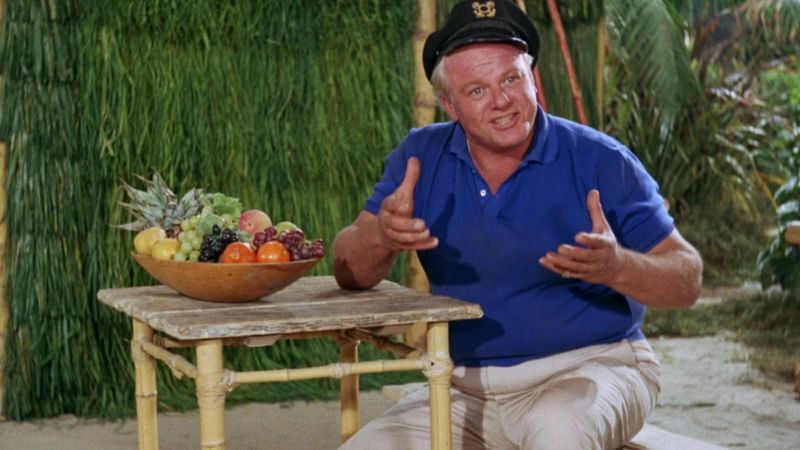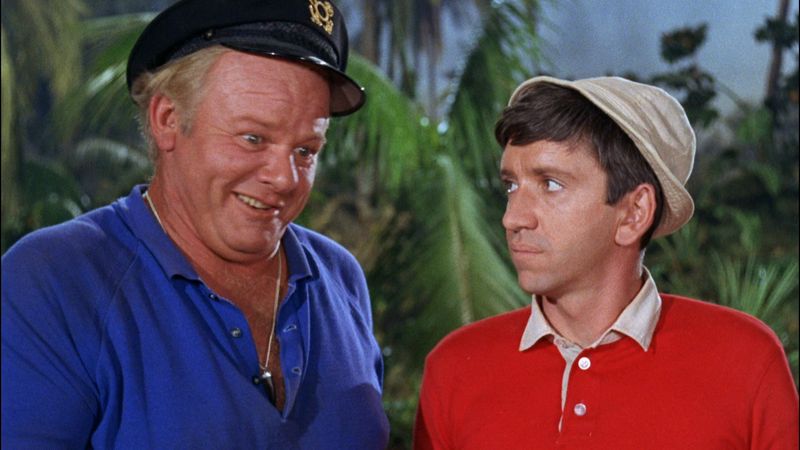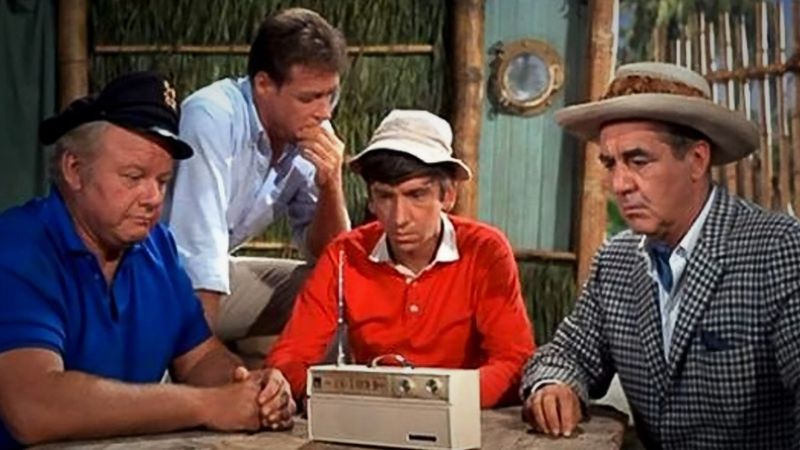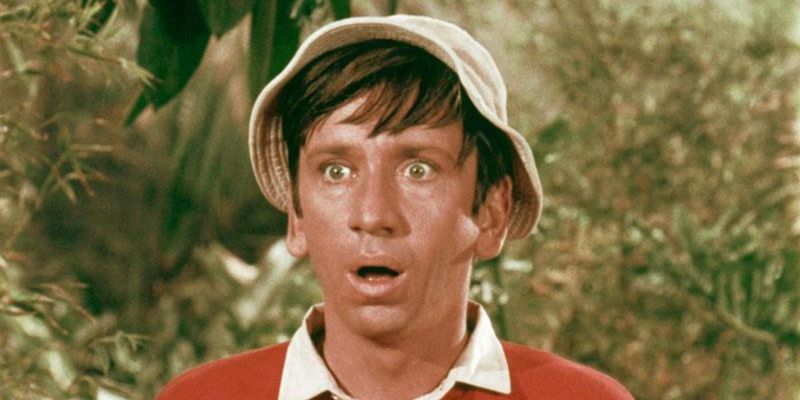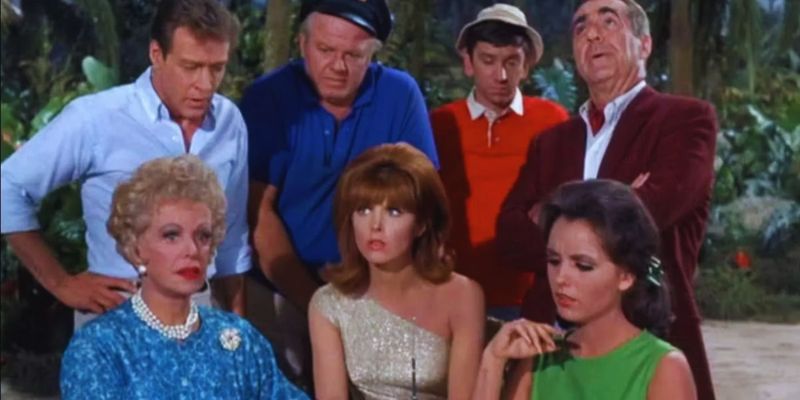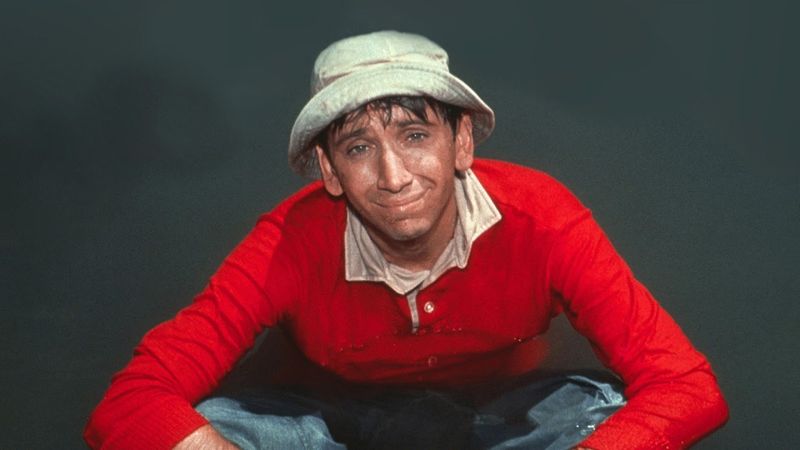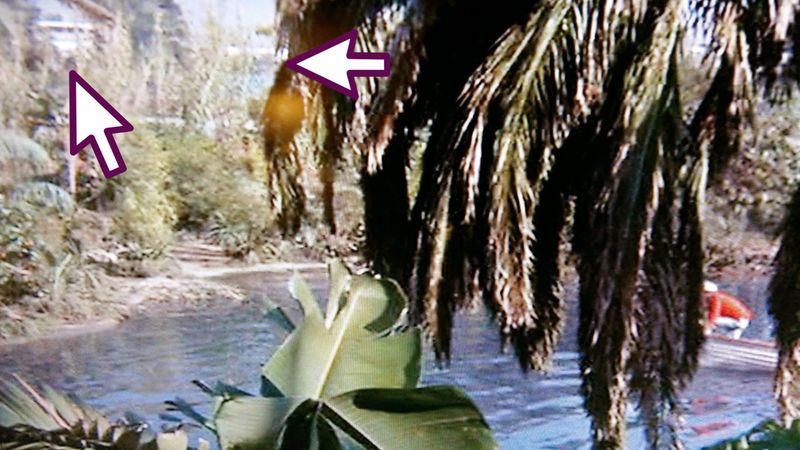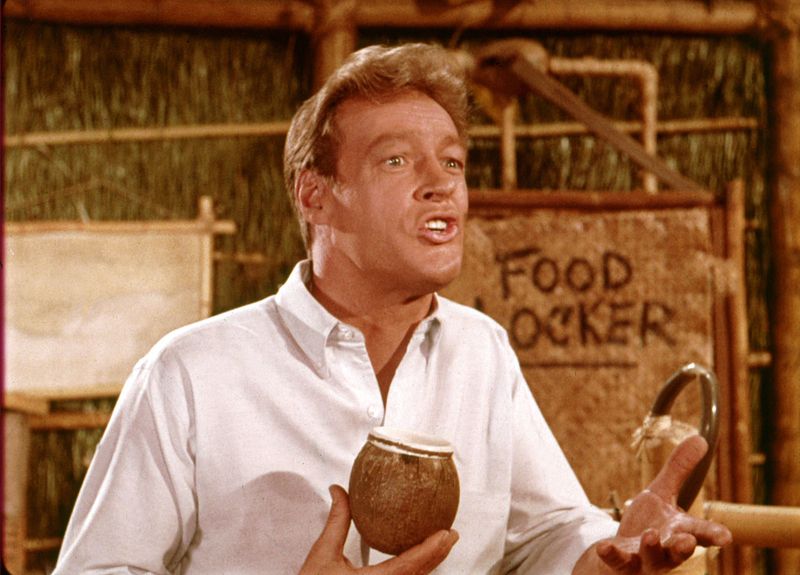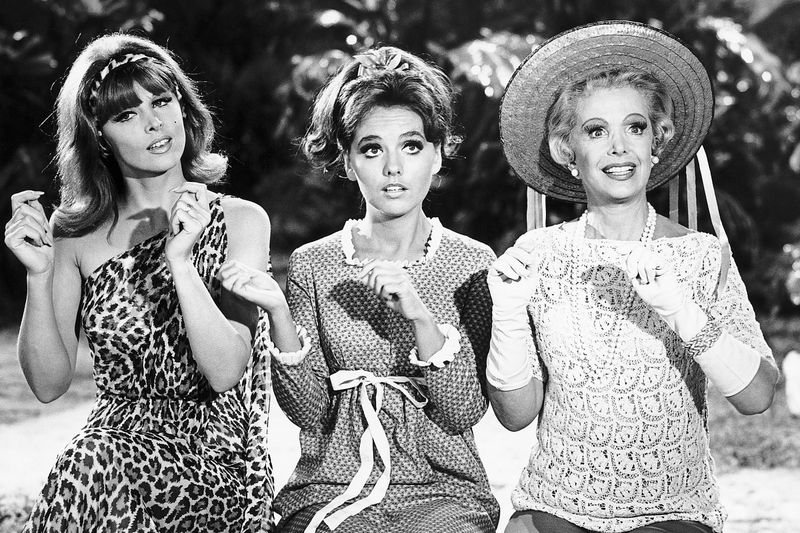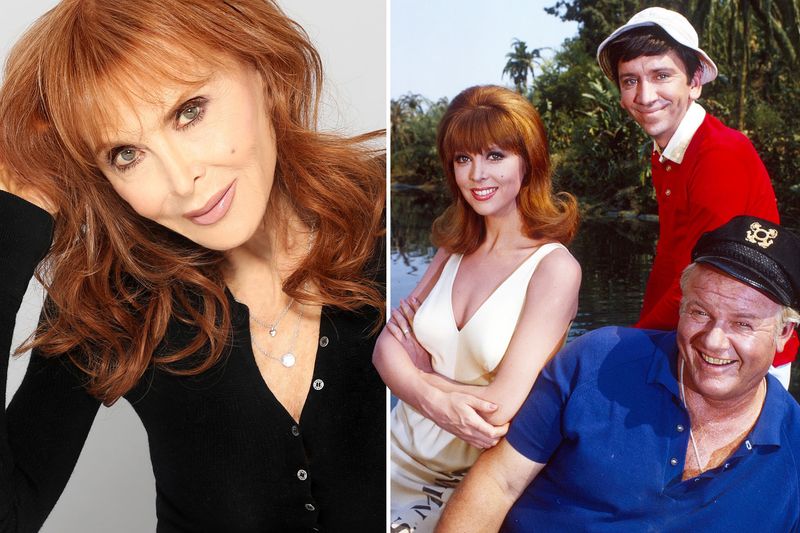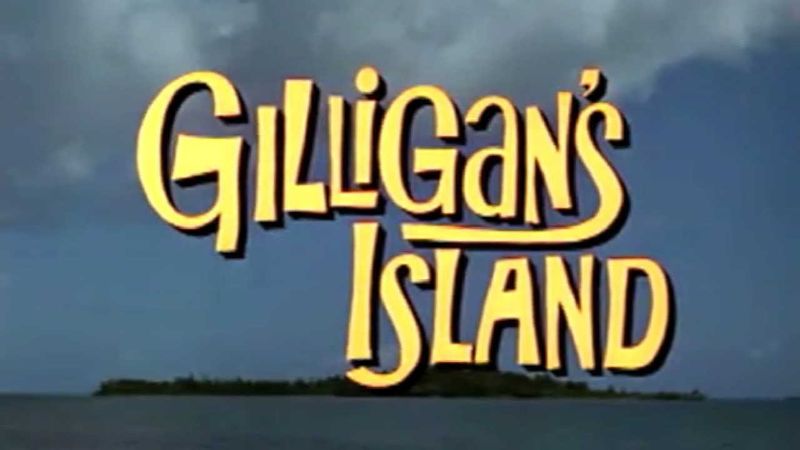Gilligan’s Island isn’t just a classic sitcom; it’s a treasure trove of intriguing behind-the-scenes stories. From surprising casting choices to unexpected real-life events, these 14 facts offer a new perspective on the beloved show.
Whether you’re a longtime fan or new to the series, these tidbits will entertain and surprise you. Join us as we explore the fascinating world of Gilligan’s Island beyond the screen.
1. Mary Ann Was the Show’s True Fan Favorite
Dawn Wells’ portrayal of the sweet and down-to-earth Mary Ann truly won over audiences. In numerous fan polls, Mary Ann consistently emerged as the most popular character, surpassing even Ginger and Gilligan himself.
Viewers appreciated her genuine personality and relatability, making her an enduring favorite. Mary Ann’s character brought a sense of warmth and familiarity to the screen, which resonated deeply with the audience.
Her charming demeanor and relatable struggles endeared her to fans, who saw her as the quintessential girl-next-door. Despite the show’s comedic undertones, Mary Ann’s sincerity and kindness were highlights.
2. The Cast Had to Dodge Falling Coconuts
Filming on a tropical set presented unique challenges, including the risk of falling coconuts! The crew had to meticulously check the fake palm trees to ensure safety during filming.
This added an element of unpredictability to the production, as actors had to remain vigilant. Large coconuts might suddenly drop, potentially causing injury.
This quirky aspect of the set became part of the cast’s daily routine, blending humor with genuine concern. The unpredictable nature of the set contributed to the show’s authentic feel, keeping the cast both entertained and on their toes. Safety remained a top priority.
3. Bob Denver Got Busted for Marijuana—Twice
The man behind the goofy, innocent Gilligan had an unexpected rebellious streak! Bob Denver was arrested twice in the ‘90s for marijuana possession, showcasing a different side of his personality.
Despite his on-screen character’s cluelessness, Denver proved to be a complex individual with his own set of challenges. His legal troubles surprised many fans, who saw him as synonymous with his iconic role.
However, Denver’s encounters with the law reflected broader societal changes and attitudes towards marijuana. This facet of his life adds depth to his legacy, illustrating the contrast between his personal life and on-screen persona.
4. Alan Hale Jr. Dressed as His Character to Cheer Up a Sick Kid
Alan Hale Jr., who loved playing the Skipper, once walked into a hospital fully dressed in costume to surprise a young fan battling an illness. This heartwarming gesture brought joy to the child and confusion to the nurses.
Hale’s dedication to his character and fans was evident in this thoughtful act. His visit exemplified the positive impact actors can have off-screen, creating lasting memories for those they meet.
The Skipper’s character wasn’t just a role for Hale; it was a way to connect with people. The visit remains a testament to his kind-hearted nature and commitment to spreading happiness.
5. The Island Was Almost a Theme Park
Believe it or not, there were actual discussions about turning Gilligan’s Island into a real-life amusement park. The vision included attractions like the “Coconut Coaster” and the “Volcano of Doom.”
This ambitious idea captured the imagination of many, envisioning an immersive experience for fans. Although it never materialized, the concept highlights the show’s cultural impact and enduring popularity.
Transforming the island into a theme park would have provided a unique way for fans to engage with the series. Unfortunately, practical and financial obstacles prevented it from becoming reality, leaving it as an intriguing “what if” scenario in entertainment history.
6. The U.S. Coast Guard Received Rescue Requests
Some viewers were so engrossed in the storyline that they believed the castaways were genuinely stranded! The U.S. Coast Guard received letters from concerned fans pleading for the rescue of Gilligan and his crew.
This amusing mix-up underscores the show’s ability to captivate audiences, blurring the lines between fiction and reality. The dedication of these fans is a testament to the show’s immersive storytelling and its characters’ relatability.
Although the requests were based on a misunderstanding, they highlight the show’s impact and the lengths fans went to support their beloved characters. Such anecdotes became an endearing part of the show’s legacy.
7. Gilligan Almost Had a Pet Monkey
Early scripts included a pet monkey named Snubby, who would cause chaos on the island. The idea was eventually scrapped, likely due to the challenges of training a monkey compared to working with human actors.
Introducing a monkey character could have added an extra layer of comedy and unpredictability, but it also posed logistical issues. The decision to remove Snubby from the storyline allowed the focus to remain on the human cast and their comedic dynamics.
While the monkey didn’t make it to the final show, the concept remains a curious footnote in the show’s development process.
8. The Cast’s Salary Was Shockingly Low
Despite Gilligan’s Island’s massive success, the main actors earned relatively low salaries of around $500-$750 per episode. Surprisingly, they didn’t receive royalties when the show aired in reruns, missing out on substantial earnings.
This financial oversight highlights contrasting industry practices, offering a glimpse into the era’s contractual norms. As syndication became popular, the actors’ lack of financial gain from re-broadcasts became a point of contention.
he show’s enduring popularity further emphasized the disparity between its success and the cast’s compensation. This situation reflects broader discussions about fair pay within the entertainment industry, illustrating how things have evolved over time.
9. Gilligan’s Last Name Was Almost “Hoolihan”
The show’s creator initially considered naming Gilligan “Willy Hoolihan” before settling on “Willy Gilligan.” Despite having a full name, the character was mostly referred to by his last name, maintaining a sense of mystery about his identity.
The decision to change the name reflected a desire for simplicity and memorability, contributing to the character’s iconic status. Although the name Hoolihan was discarded, it remains an interesting “what might have been” in the show’s development.
This choice underscores the importance of naming in storytelling, showing how a simple change can influence a character’s reception and legacy.
10. The Lagoon Was in a Hollywood Parking Lot
That famous tropical lagoon wasn’t filmed in an exotic locale; it was actually part of the CBS studio lot in Los Angeles. As the series progressed, nearby construction made the water so dirty that the crew had to drain and refill it constantly.
This logistical challenge was part of the creative process, adding an authentic touch with a touch of Hollywood magic. Despite its humble setting, the lagoon became an iconic part of the show’s visual identity.
The transformation of a simple parking lot into a believable island paradise underscores the ingenuity of set designers and the magic of television production.
11. The Professor Was Almost Played by a Future Movie Star
Before Russell Johnson became the Professor, other actors, including Dabney Coleman, were considered for the role. This casting decision shaped the show’s dynamic, with Johnson bringing a balance of intelligence and humor.
Had Coleman or another actor been chosen, the series might have taken a different direction. The choice of Johnson was pivotal in creating the chemistry that defined the show.
Casting decisions have a significant impact on a show’s success, and this instance is a prime example. The potential alternate casting adds an intriguing layer to the show’s history, reflecting the unpredictable nature of television production.
12. The Show’s Real Meaning: A Metaphor for Society
Some fans interpret Gilligan’s Island as a deep social commentary, with each character representing one of the seven deadly sins.
Gilligan is thought to embody sloth, the Skipper wrath, Ginger lust, Mary Ann envy, the Professor pride, Mr. Howell greed, and Mrs. Howell gluttony. Although the show’s creator never confirmed this theory, it adds a layer of intrigue to the series.
This interpretation encourages viewers to see beyond the comedy and consider the characters in a new light. Whether intentional or not, the theory persists, inviting fans to explore the possibility of hidden meanings within the show’s whimsical narrative.
13. Tina Louise Hated Playing Ginger
Tina Louise, who portrayed the glamorous movie star Ginger, reportedly disliked her role, feeling typecast as a result. Her dissatisfaction led her to distance herself from the series, often avoiding reunions.
Louise’s experience reflects broader challenges actors face when a single role defines their career. Despite her personal feelings, Ginger’s character became iconic, showcasing Louise’s talent and charisma.
Her reluctance to embrace the role in later years highlights the complexities of celebrity and the impact of typecasting. This aspect of her career remains a poignant reminder of the sometimes bittersweet nature of success in Hollywood.
14. The Theme Song Was Originally Much Darker
The catchy theme song we know and love almost didn’t exist. Initially, the theme was a slow, dramatic ballad that felt more like a disaster movie score. This darker version was eventually replaced with the upbeat, memorable tune that set the tone for the series.
The change in music style was instrumental in shaping the show’s lighthearted and comedic identity. Music plays a crucial role in television, influencing the audience’s perception and engagement.
The decision to revamp the theme song significantly impacted the show’s success, demonstrating the power of music in creating an inviting and entertaining atmosphere.
